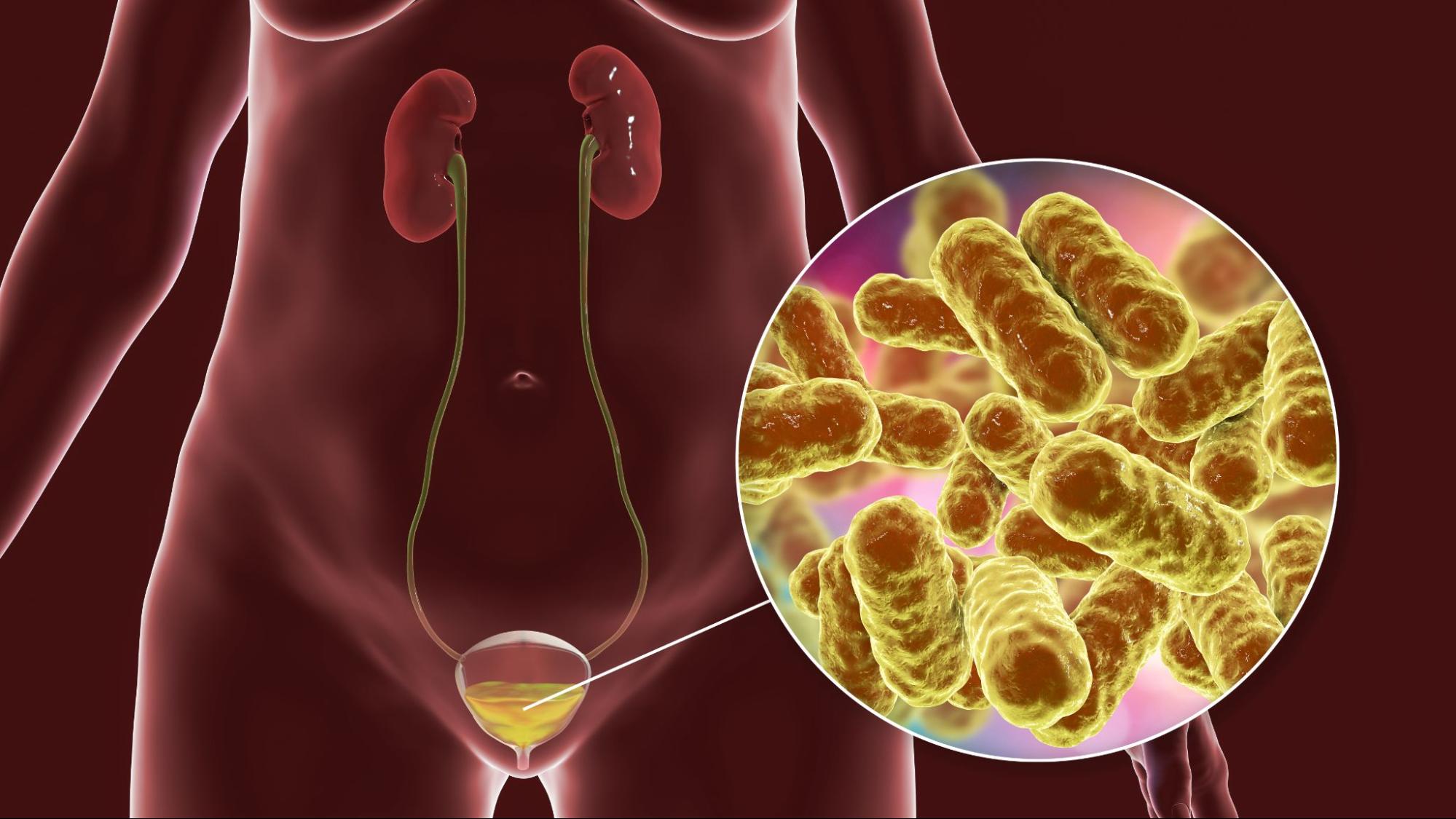
Due to the shorter length of the female urethra, bacteria can more easily enter the bladder. Women are more prone to bladder infections, particularly after sexual activity or post-menopause due to hormonal changes.
Sexual intercourse increases the chances of bacteria entering the urethra, especially for women. The use of certain birth control methods like diaphragms and spermicides also raises the risk.
Hormonal changes after menopause can lead to changes in the urinary tract, such as thinning of the bladder lining and a decrease in protective vaginal flora, which increases the chances of infections.
Individuals with structural abnormalities of the urinary tract or blockages (e.g., from kidney stones or enlarged prostates are at a greater risk due to impaired urine flow.
Conditions like diabetes, HIV, or cancer can weaken the immune system, which makes it harder for the body to fight off bacterial infections.
Prolonged use of urinary catheters increases the risk of bladder infections as they provide a direct pathway for bacteria to enter the bladder.
Our Urologist begins by understanding your symptoms and medical history to guide the diagnostic process.
The doctor will analyse your urine sample to check for signs of infection, including bacteria, white blood cells, and blood.
This test identifies the specific bacteria causing the infection, which helps us tailor the antibiotic treatment according to your condition.
In some cases, we may use this non-invasive imaging to examine the urinary tract and bladder for any abnormalities.
During this procedure, we use a camera-equipped tube to view the inside of your bladder. This method is particularly helpful in recurring or severe cases.
In some cases, we may use detailed 3D imaging to detect any structural issues or blockages in the urinary tract.
A bladder infection typically improves within a few days of starting antibiotic treatment. However, it's essential to complete the full course of medication to prevent recurrence. Without treatment, the infection may persist and even lead to more severe complications.
In some mild cases, bladder infections may resolve without antibiotics, particularly if symptoms are minimal and hydration is increased. However, this is not recommended, as untreated infections can worsen and spread to the kidneys, which may later require more extensive treatment.
During a bladder infection, avoid irritants like caffeinated drinks, alcohol, spicy foods, and acidic fruits, as they can worsen bladder symptoms. It’s also a good idea to avoid using harsh feminine hygiene products that might irritate the urinary tract.
Cranberry juice is commonly believed to help prevent bladder infections by preventing bacteria from adhering to the bladder wall. While there is some supporting evidence, it’s not a guaranteed solution, and its effectiveness varies from person to person. It’s best used alongside other preventive measures.
Cystitis refers specifically to inflammation of the bladder, which is often caused by a bacterial urinary tract infection (UTI). However, a UTI can affect any part of the urinary system, including the urethra, bladder, ureters, and kidneys. Cystitis is typically localised to the bladder.
To prevent recurring bladder infections, stay hydrated, practise good hygiene (such as wiping front to back), urinate after sexual activity, and avoid using products that may irritate the urinary tract. If you are prone to frequent infections, your doctor may recommend a low-dose antibiotic as a preventive measure.